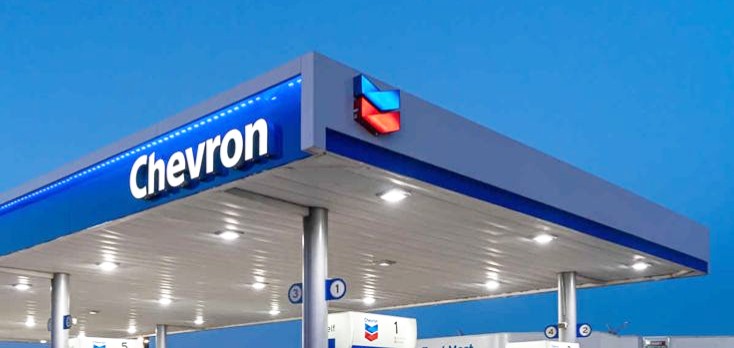
The leading U.S. oil producer, Exxon Mobil (XOM.N), opened a new tab purchase agreement, but was able to postpone it for more than a year, costing its rival billions in lost Guyana oil revenue and delaying integration.
After a protracted battle over Hess’s 30% ownership in Guyana’s Stabroek block, the most desirable asset in its portfolio, Chevron’s purchase, which was initially announced in October 2023, finalized on Friday. One of the world’s fastest-growing oil production zones, the offshore oilfield has around 11 billion barrels of oil.
The deal’s initial closing date was set for mid-2024 by the No. 2 U.S. oil producer. Citing a right of first refusal on Hess’s Guyana assets, Exxon, which runs the Guyana project and owns a 45% stake alongside Hess and CNOOC (600938.SS), created a new tab and contested the merger in arbitration.
Because the barrels continued to flow to Hess while the lawyers battled, the delay prevented nearly 180,000 barrels per day (bpd) of Hess oil, roughly $6-7 billion in gross sales, and $3 billion in profit from Guyana’s Stabroek Block from sailing past Chevron’s till 2024.
Exxon’s own major acquisition and expanding Permian position were strategically countered by Chevron’s deal, which was part of the largest wave of oil sector consolidation in almost two decades.
Michael Wirth, CEO of Chevron, stated that a key component of his plan for the company’s future expansion was the purchase of Hess and its interest in Guyana. Throughout the arbitration, that tactic had been in limbo, turning what was initially expected to be a clean, timely win for Chevron into a high-stakes challenge for Wirth, who had already lost one major deal.
With the Hess deal now closed, Chevron said it expects to realize $1 billion in run-rate cost synergies by the end of 2025 and will cut jobs due to overlapping roles between the two companies.
“Had the ruling gone in favor of Exxon Mobil and CNOOC, Chevron would then have had to look for growth opportunities elsewhere … this would have most likely translated into Chevron paying large premiums for buying premier U.S. shale assets that move the needle for the major,” Atul Raina, vice president at Rystad Energy said.
According to Jefferies analysts, Chevron had made preparations for the merger of Hess’ operations throughout the arbitration by raising $5.5 billion in long-term debt and buying $2.2 billion in Hess shares.
Petroleum Crime Under Fire As NPA Collaborates With Judiciary
According to Schulman, the arbitration process was also highly costly. In comparison, Exxon’s $60 billion purchase of Pioneer Natural Resources, which was revealed in the same month as Chevron’s agreement, was finalized by May 2024. With that transaction, Exxon gained a stronger position as a shale producer in the Permian basin, the largest oilfield in the United States.
Chevron’s stock has dropped almost 9% since the Hess merger was announced. Since announcing its Pioneer acquisition, Exxon’s stock has increased by slightly over 1%, a disparity that reflects investor attitude over timing and execution. Chevron’s stock dropped about 1% and Exxon’s stock dropped almost 3% on Friday, closing some of that margin.
According to analysts, Chevron’s stock has been negatively impacted by the arbitration, with many investors opting to avoid the lengthy procedure. Over the past 18 months, investor sentiment has changed several times, typically in response to remarks made by Exxon or Chevron at industry gatherings.





